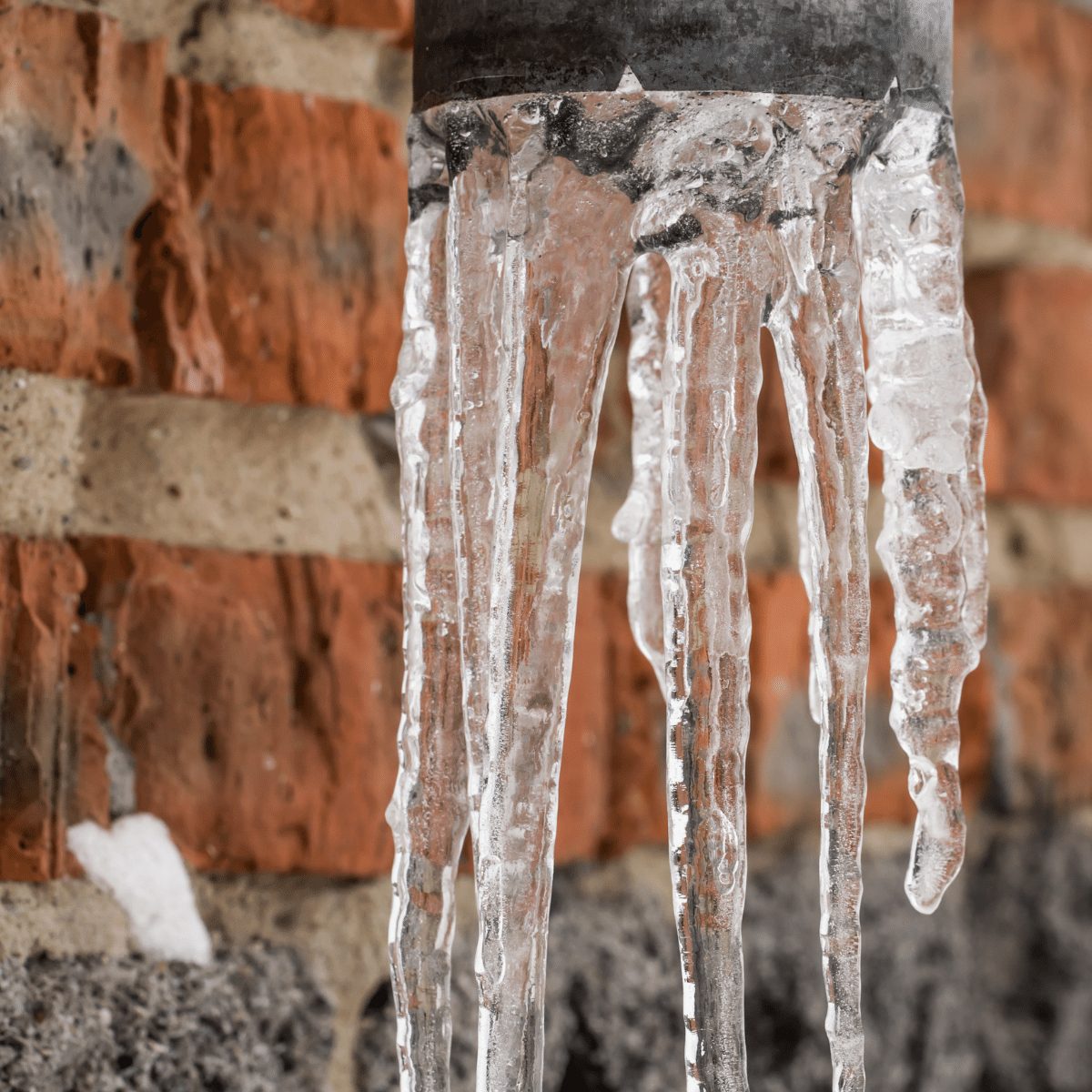Preventing Pipes from Cold Weather: Best Tips
Schedule TodayWere you searching for critical information concerning Prevent Frozen Pipes ?

Cold weather can damage your plumbing, specifically by freezing pipelines. Right here's how to stop it from occurring and what to do if it does.
Introduction
As temperatures decline, the danger of frozen pipelines boosts, potentially bring about pricey repair work and water damage. Comprehending how to stop icy pipes is critical for house owners in cold environments.
Prevention Tips
Protecting susceptible pipelines
Cover pipelines in insulation sleeves or utilize warm tape to secure them from freezing temperatures. Concentrate on pipes in unheated or external locations of the home.
Home heating strategies
Keep indoor areas effectively heated, specifically areas with pipes. Open closet doors to enable cozy air to flow around pipes under sinks.
Just how to identify icy pipes
Try to find decreased water flow from taps, uncommon odors or sounds from pipes, and noticeable frost on revealed pipes.
Long-Term Solutions
Structural changes
Consider rerouting pipes away from outside walls or unheated locations. Include extra insulation to attic rooms, basements, and crawl spaces.
Upgrading insulation
Invest in premium insulation for pipes, attic rooms, and wall surfaces. Correct insulation assists preserve regular temperature levels and reduces the risk of frozen pipelines.
Safeguarding Exterior Plumbing
Garden pipes and outdoor faucets
Separate and drain yard tubes before winter season. Mount frost-proof spigots or cover outside taps with shielded caps.
Comprehending Icy Pipelines
What causes pipes to freeze?
Pipelines freeze when subjected to temperature levels listed below 32 ° F (0 ° C) for extended periods. As water inside the pipes freezes, it broadens, taxing the pipeline wall surfaces and possibly creating them to break.
Threats and problems
Icy pipelines can lead to water system disturbances, residential property damages, and pricey repair work. Burst pipes can flood homes and cause substantial structural damage.
Indicators of Frozen Pipeline
Identifying icy pipes early can stop them from breaking.
What to Do If Your Pipelines Freeze
Immediate actions to take
If you suspect icy pipelines, maintain faucets available to relieve pressure as the ice melts. Utilize a hairdryer or towels taken in warm water to thaw pipelines gradually.
Final thought
Protecting against frozen pipelines calls for proactive steps and quick responses. By understanding the reasons, indicators, and preventive measures, property owners can shield their pipes throughout winter.
6 Proven Ways to Prevent Frozen Pipes and Protect Your Home
Disconnect and Drain Garden Hoses
Before winter arrives, start by disconnecting your garden hoses and draining any remaining water. Close the shut-off valves that supply outdoor hose bibs and leave the outdoor faucet open to allow any residual water to drain. For extra protection, consider using faucet covers throughout the colder months. It’s also important to drain water from any sprinkler supply lines following the manufacturer’s directions.
Insulate Exposed Pipes
Insulating your pipes is an effective way to prevent freezing. Pipe insulation is readily available at home improvement stores and is relatively inexpensive. Pay close attention to pipes in unheated areas such as the attic, basement, crawl spaces, or garage. Apply foam insulation generously to create a buffer against the cold. You can also wrap your pipes in heat tape or thermostat-controlled heat cables for added warmth.
Seal Air Leaks
Inspect your home for any cracks or openings that could let in cold air. Seal any holes around the piping in interior or exterior walls, as well as the sill plates where your home rests on its foundation. Additionally, make sure to keep your garage door closed unless you’re entering or exiting. Leaving it open creates a significant air leak that can lead to frozen pipes.
Allow Warm Air Circulation
During cold snaps, it’s essential to allow warm air to circulate evenly throughout your home. Leave interior doors ajar to promote better airflow. Open kitchen and bathroom cabinets to help distribute heat consistently around the rooms. If you have small children or pets, be sure to remove any household chemicals or potentially harmful cleaners from open cabinets for safety.
Let Faucets Drip
A small trickle of water can make a big difference in preventing ice formation inside your pipes. When temperatures drop significantly, start a drip of water from all faucets served by exposed pipes. This continuous flow helps prevent the water from freezing. Additionally, running a few faucets slightly can relieve pressure inside the pipes, reducing the chances of a rupture if the water inside does freeze.
https://choateshvac.com/6-proven-ways-to-prevent-frozen-pipes-and-protect-your-home/

Do you enjoy reading up on Helpful Tips to Prevent Frozen Pipes this Winter? Place feedback below. We'd be pleased to see your ideas about this write-up. We hope that you visit us again later on. If you liked our article please make sure you remember to share it. I thank you for your readership.
Visit Website